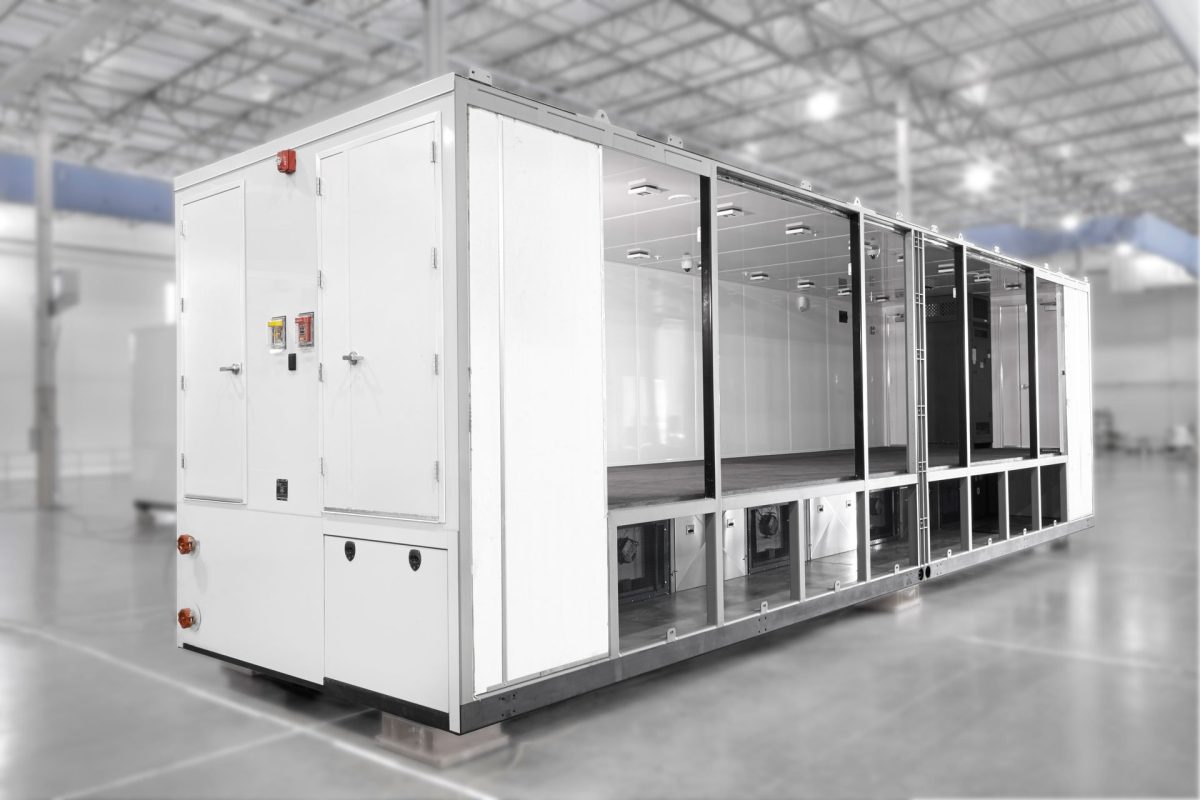How Shipping Containers Are Revolutionizing Global Trade

In the modern world, the humble shipping container has become an iconic symbol of global trade. These standardized metal boxes, which seem ordinary at first glance, have dramatically transformed how goods are transported across the globe. From improving efficiency and reducing costs to enabling globalization, shipping containers have played a crucial role in revolutionizing the logistics industry.
The Birth of the Shipping Container
The concept of the shipping container was introduced in the 1950s by Malcolm McLean, an American entrepreneur and trucking company owner. McLean recognized the inefficiencies in the traditional method of loading and unloading cargo, which involved manually handling goods in various shapes and sizes. This process was time-consuming, labor-intensive, and prone to damage and theft. To address these issues, McLean developed the idea of a standardized container that could be easily loaded onto trucks, trains, and ships without the need to unpack and repack the goods.
The first container ship, the Ideal X, set sail in 1956, carrying 58 containers from Newark to Houston. This marked the beginning of a new era in global trade. The standardization of containers, initially measuring 8 feet wide, 8.5 feet high, and 20 or 40 feet long, allowed for a seamless transition between different modes of transportation, significantly reducing the time and cost of shipping goods.
Efficiency and Cost Reduction
One of the most significant impacts of shipping containers on global trade has been the dramatic increase in efficiency. Before the advent of containers, loading and unloading a ship could take weeks. Workers had to manually handle each item, leading to delays, damage, and theft. Containers, however, could be loaded and unloaded in a fraction of the time using cranes and other machinery. This not only sped up the process but also reduced the need for manual labor, cutting down on operational costs.
The introduction of containerization also led to the development of specialized container ships, ports, and terminals. These facilities are designed to handle large volumes of containers quickly and efficiently. As a result, the cost of shipping goods has decreased significantly, making it more affordable for businesses to transport products across long distances. This reduction in shipping costs has been a driving force behind the growth of global trade, enabling companies to reach new markets and consumers around the world.
Enabling Globalization
Shipping containers have played a pivotal role in facilitating globalization. The ease and affordability of transporting goods across borders have allowed businesses to expand their operations internationally. Companies can now source raw materials from one country, manufacture products in another, and sell them in yet another, all thanks to the efficiency of containerized shipping.
This global supply chain has led to increased competition, which has benefited consumers by driving down prices and improving the quality of products. Additionally, the standardization of containers has made it easier for businesses of all sizes to participate in international trade. Small and medium-sized enterprises (SMEs) can now access global markets without the need for significant upfront investments in logistics infrastructure.
Environmental Impact
While shipping containers have revolutionized global trade, they have also raised concerns about their environmental impact. The increase in global trade has led to a rise in greenhouse gas emissions from ships, which contribute to climate change. However, efforts are being made to mitigate these impacts. For example, shipping companies are investing in more fuel-efficient vessels and exploring alternative fuels such as liquefied natural gas (LNG) and hydrogen. Additionally, the reuse of shipping containers in construction and architecture, such as in the creation of container homes and offices, has become a popular trend, reducing waste and promoting sustainability.
The Future of Shipping Containers
As global trade continues to evolve, so too will the role of shipping containers. Innovations in technology, such as the Internet of Things (IoT), are being integrated into containers to enhance tracking and monitoring. This allows businesses to gain real-time insights into the condition and location of their goods, improving supply chain visibility and reducing the risk of loss or damage.
Moreover, the development of smart ports and automated container terminals is expected to further enhance the efficiency of containerized shipping. These advancements will enable the industry to handle even larger volumes of goods while minimizing environmental impact and operational costs.
Conclusion
Shipping containers have revolutionized global trade in ways that were unimaginable just a few decades ago. Their impact on efficiency, cost reduction, and globalization has transformed the logistics industry and enabled businesses to reach markets around the world. As technology continues to advance, the future of containerized shipping looks promising, with the potential to further drive economic growth and sustainability on a global scale. The once simple idea of a standardized metal box has truly changed the world.

